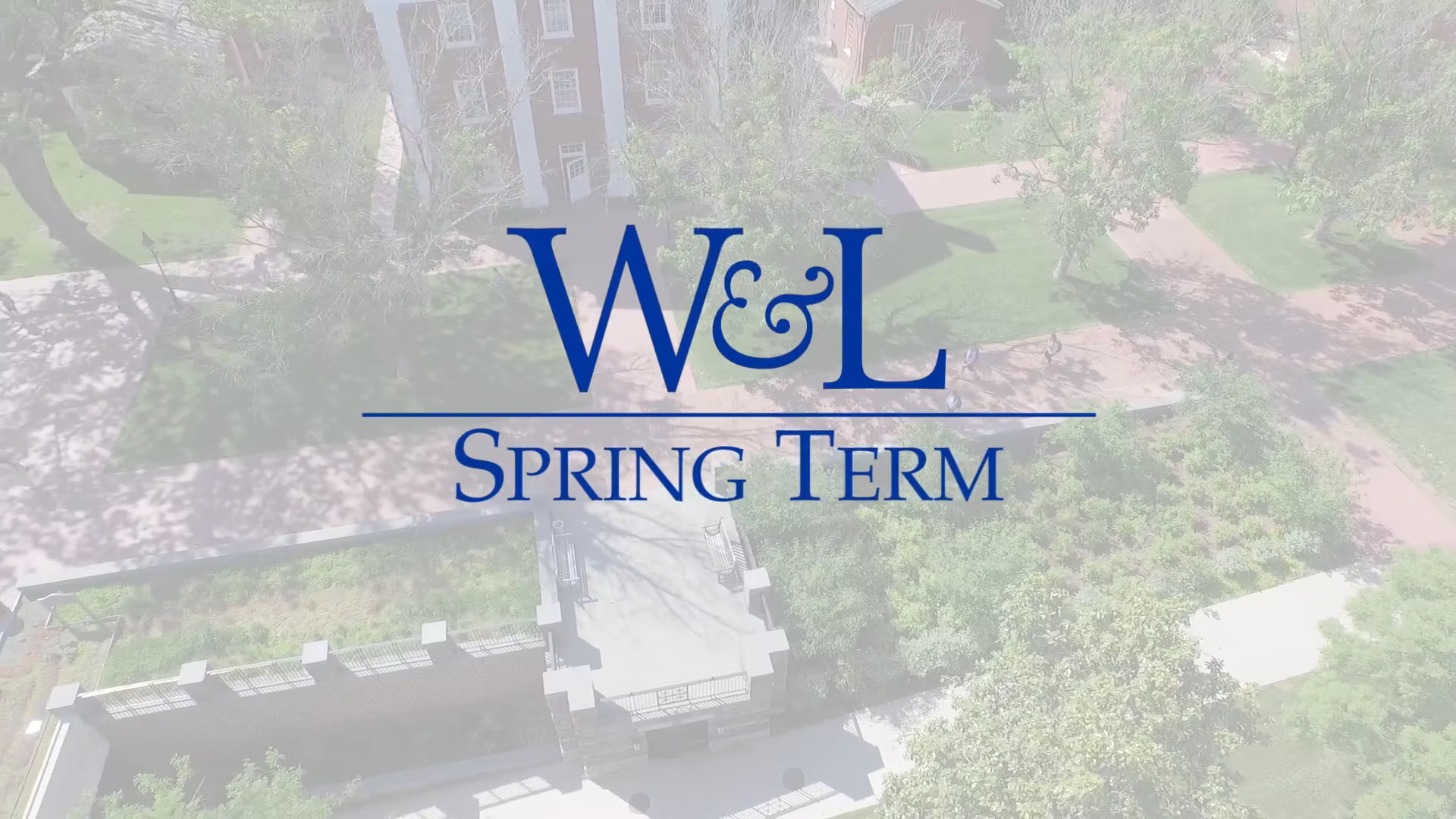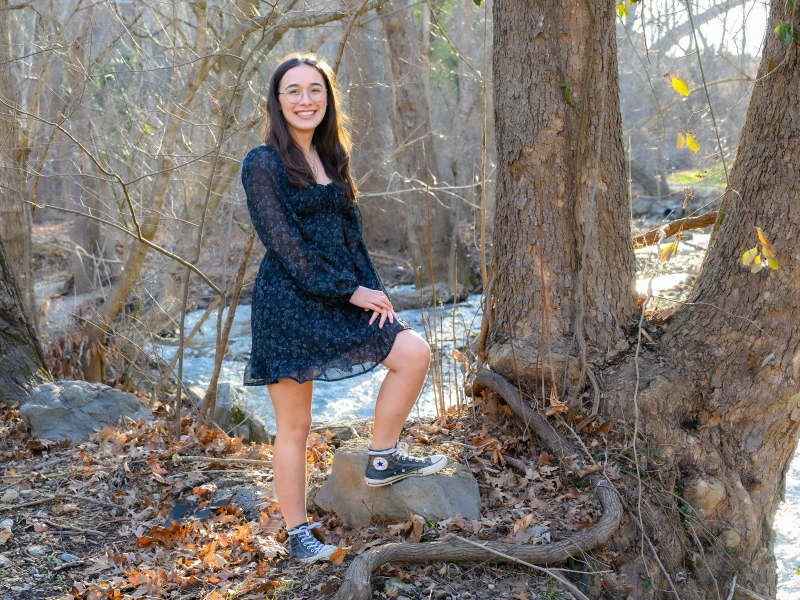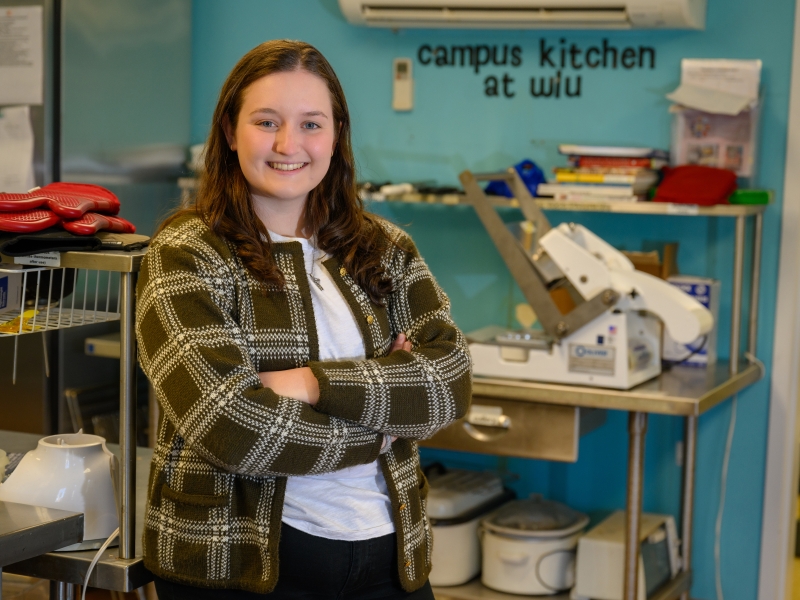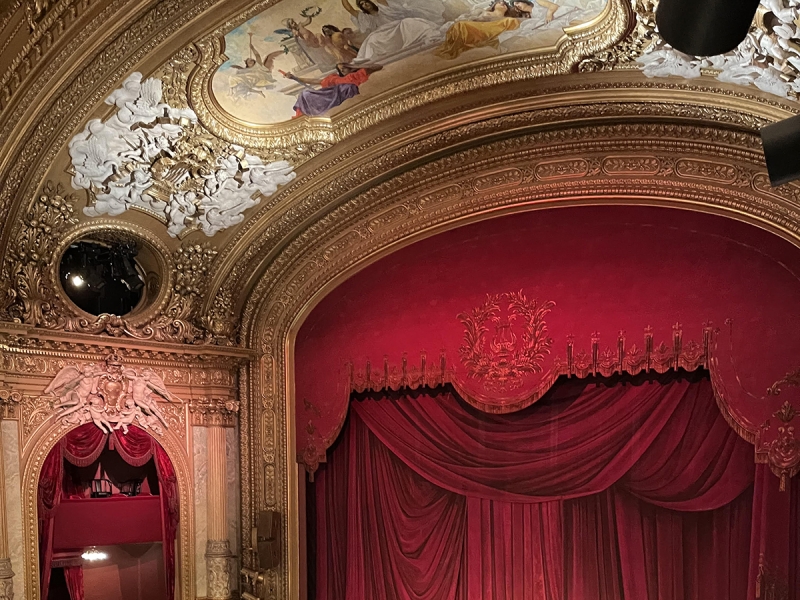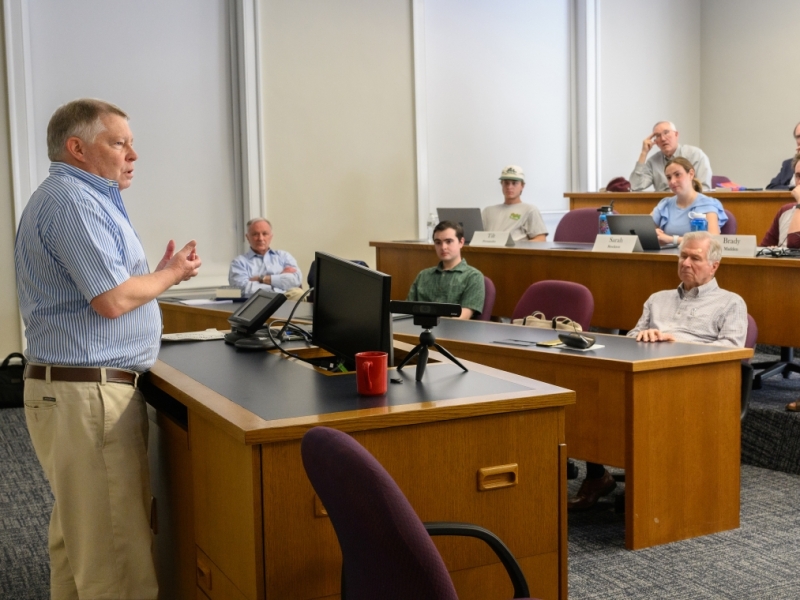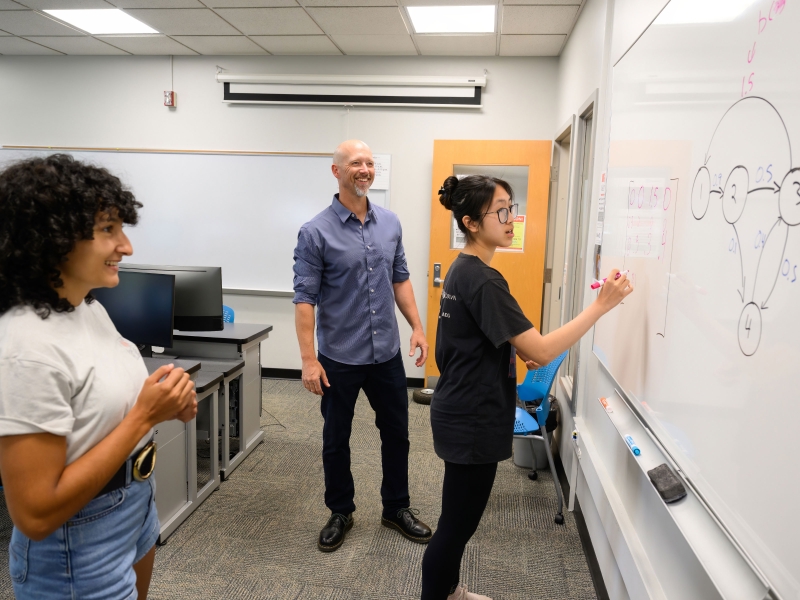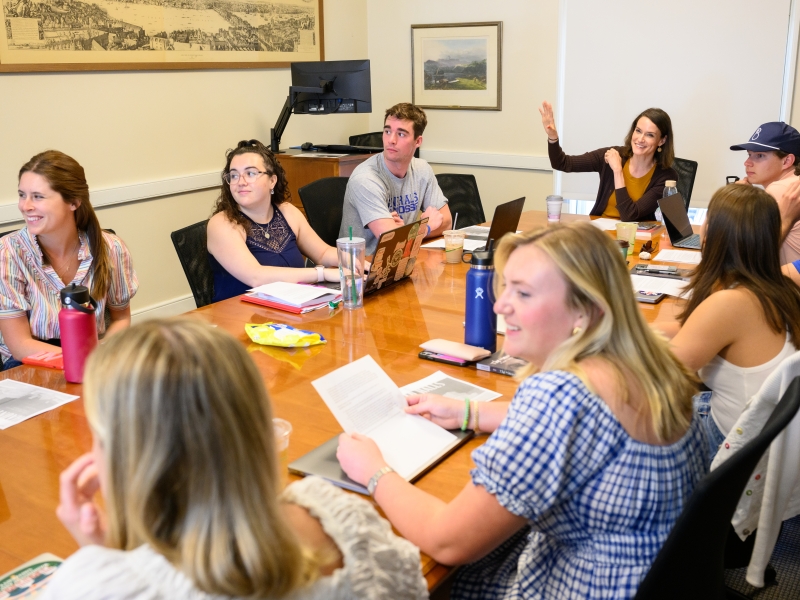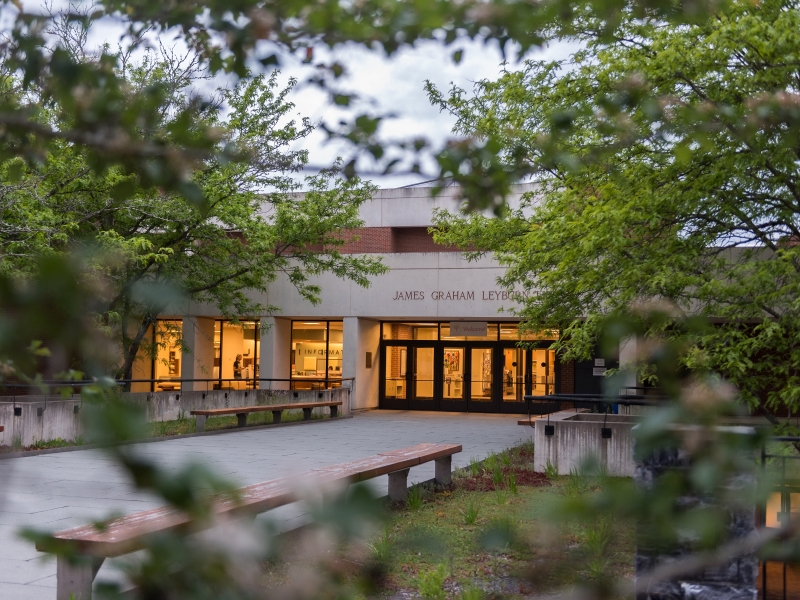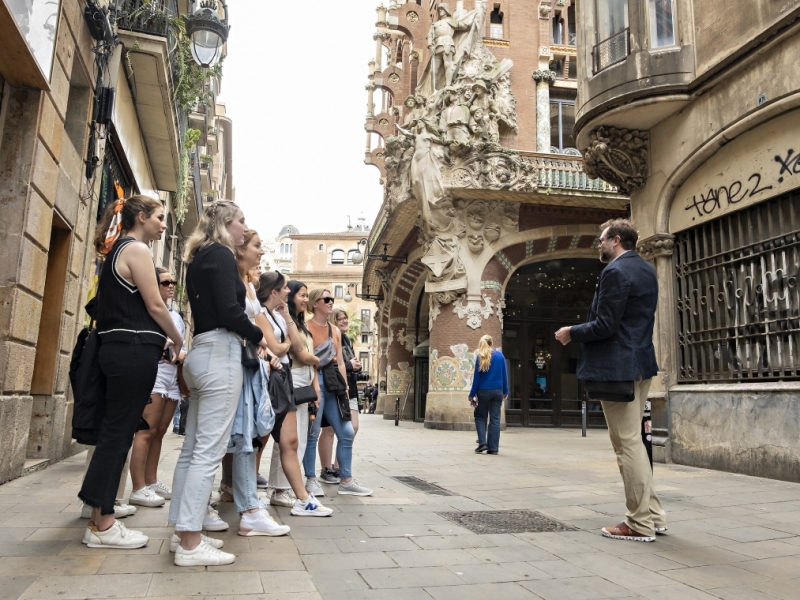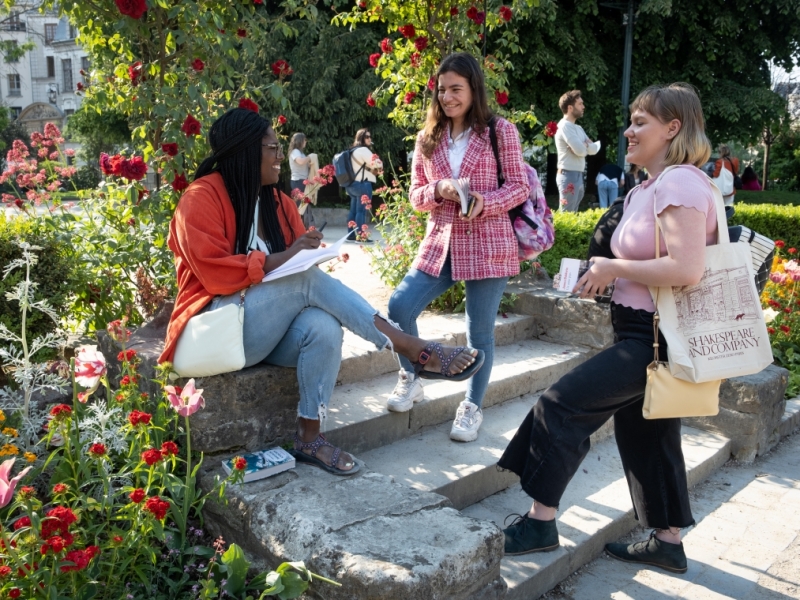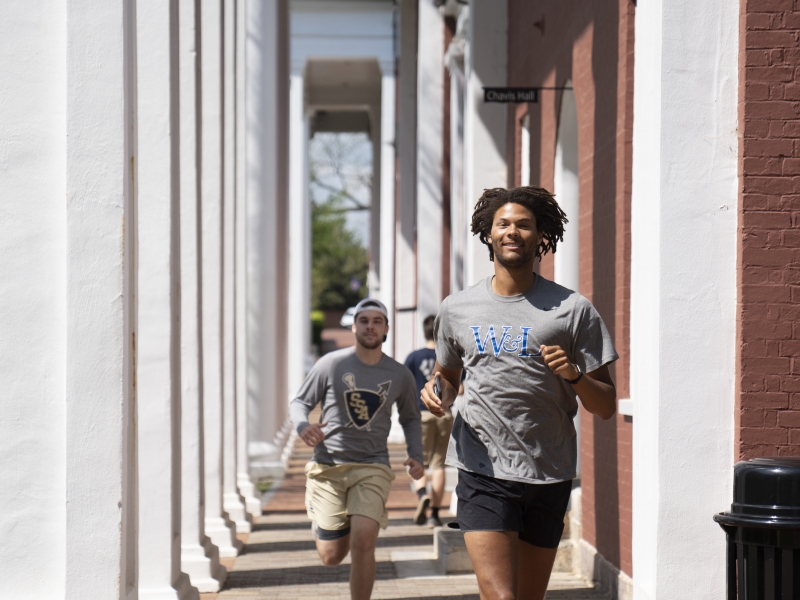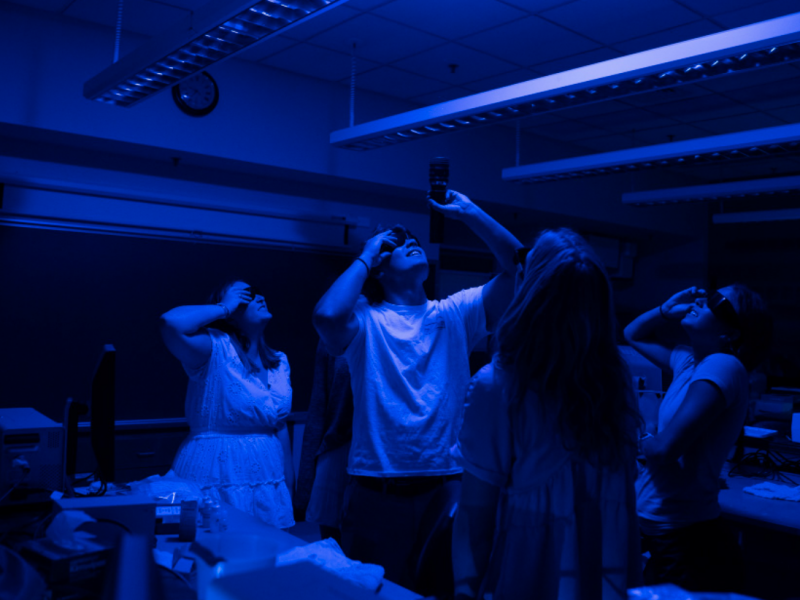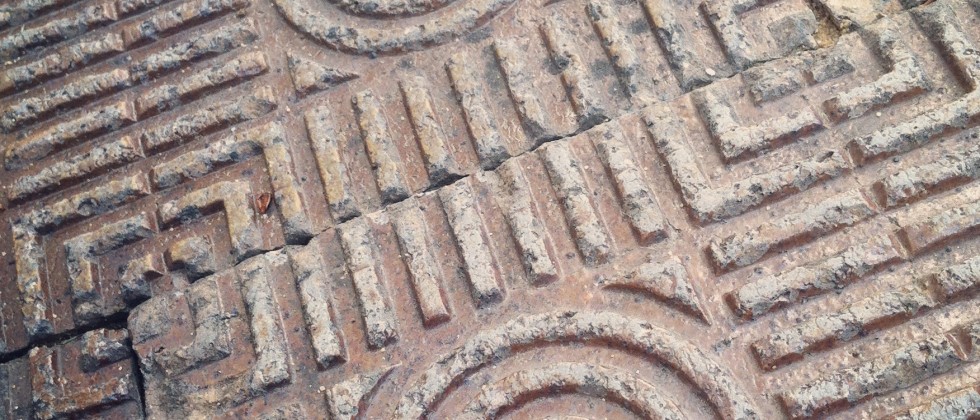
Spring Term
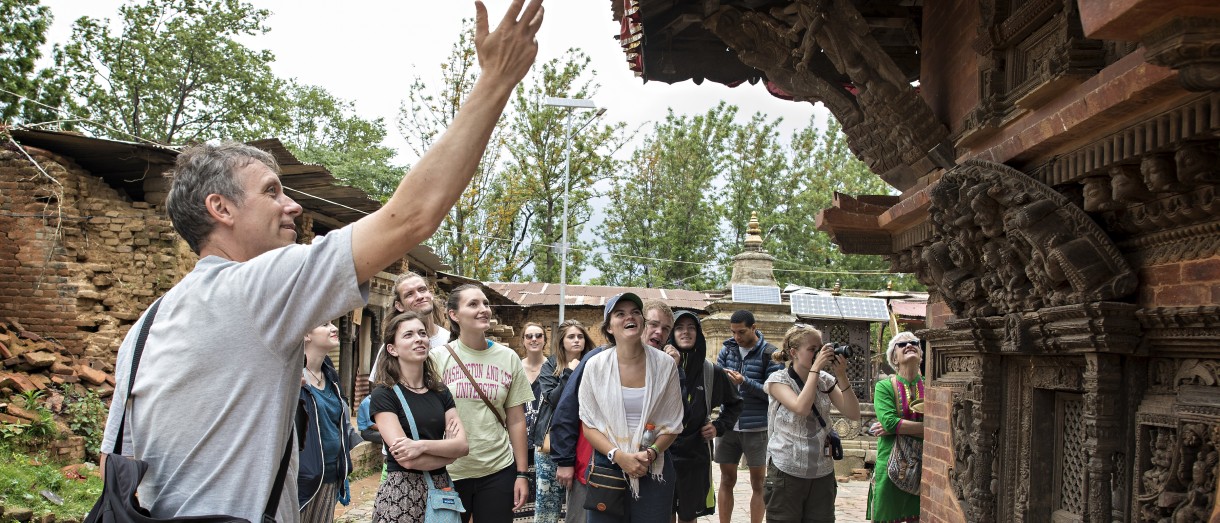
Spring Term
W&L's academic calendar is organized into two 13-week terms followed by an immersive 4-week Spring Term.
Imagine exploring a topic in-depth and working intensely alongside your fellow students and your professor. That’s the essence of Spring Term. Students choose one course from about 200 options that may be conducted in the U.S. or abroad. It’s not uncommon for students to say after their Spring Term experience, “This course changed my life.”
Courses are designed to be transformative learning experiences such as studying the science of cooking in Italy - urban ecology in D.C. - the Physics of music - code-breaking in mathematics and history - the psychology of humor - the stem cell controversy - and many, many more. Professors love teaching Spring Term courses because of the opportunity to expose students to new perspectives. Students love Spring Term because of the opportunity to do something they may never have done before.
Academics
What will you learn?
With 200+ courses, many only offered during the spring, it'll be hard to decide what to study.
